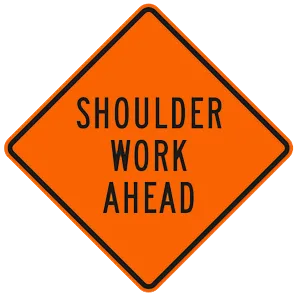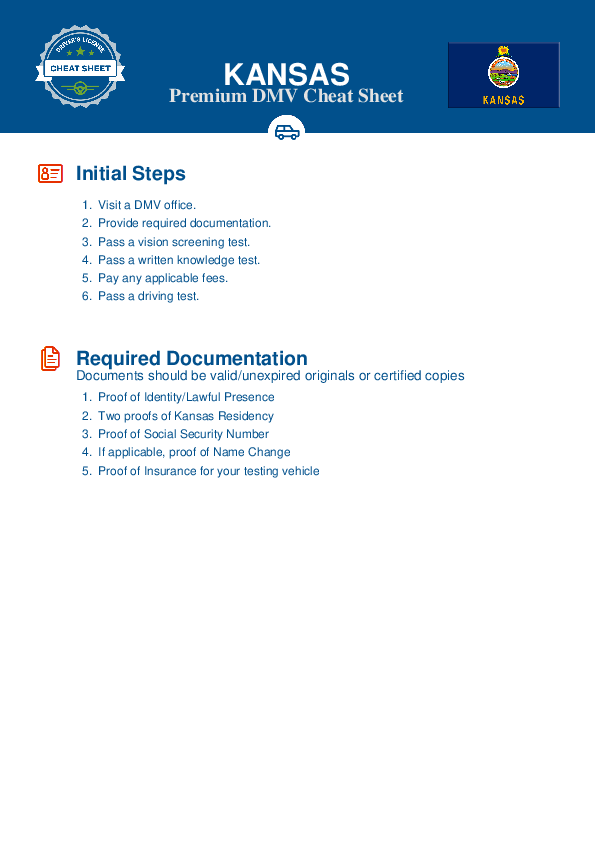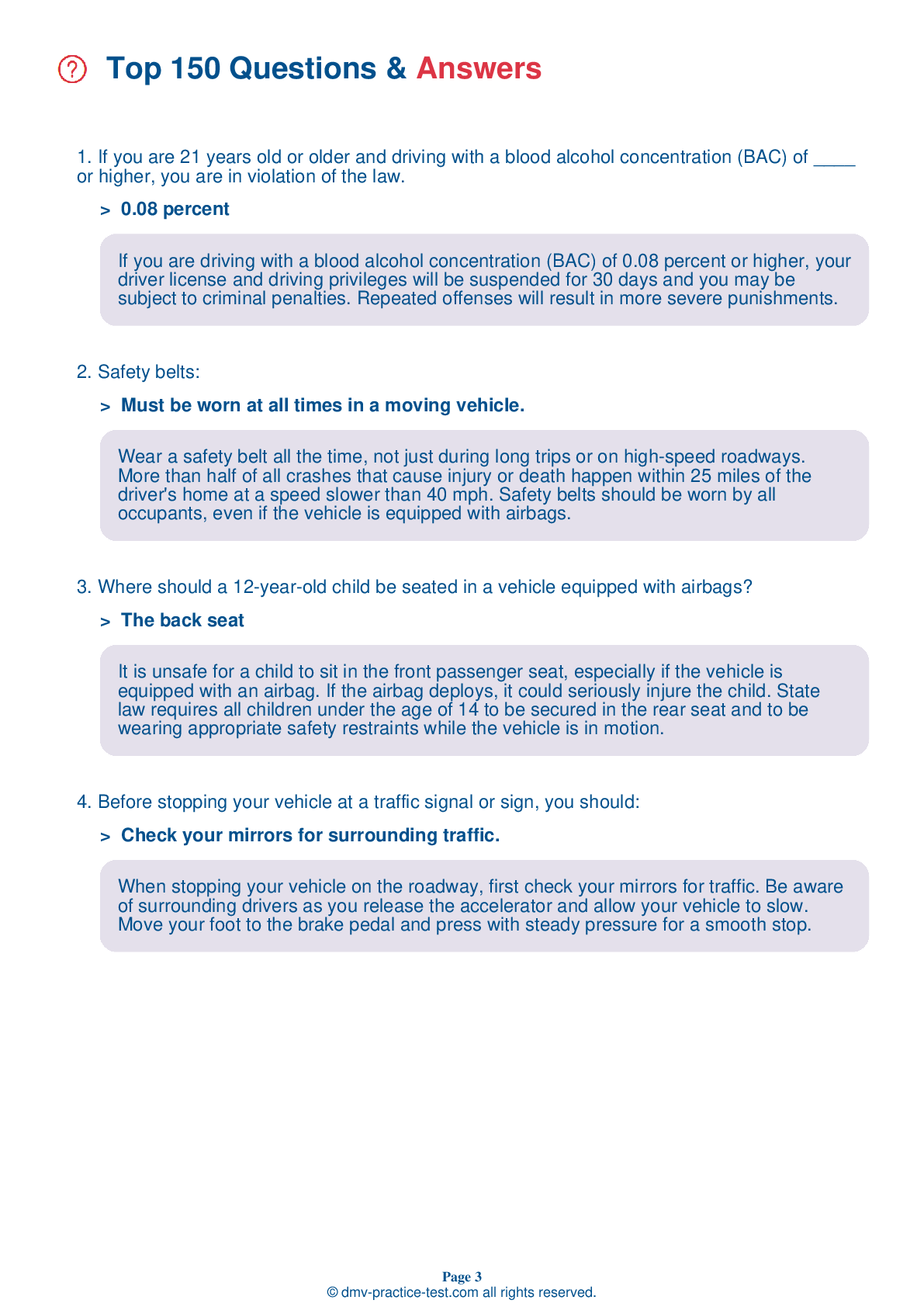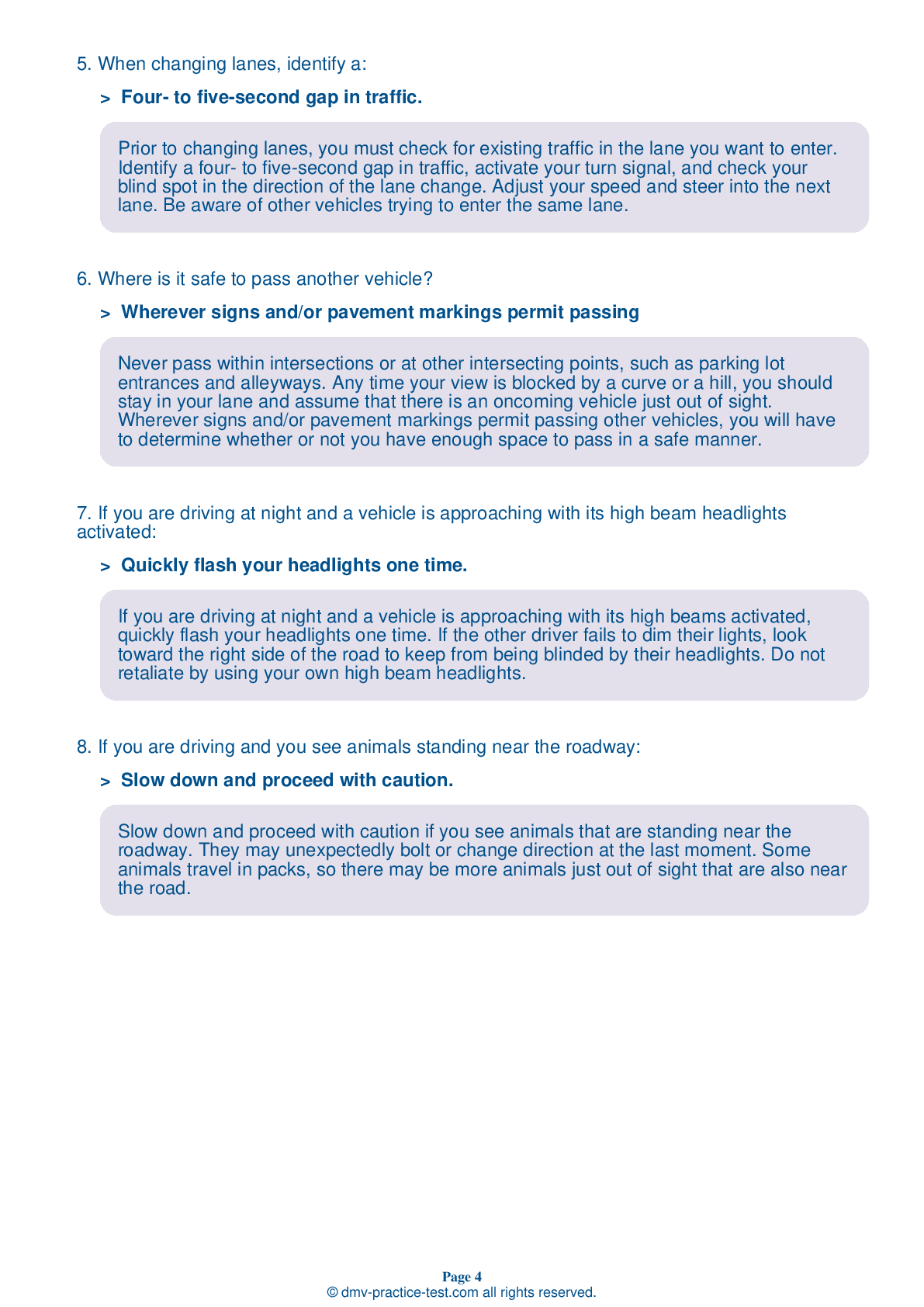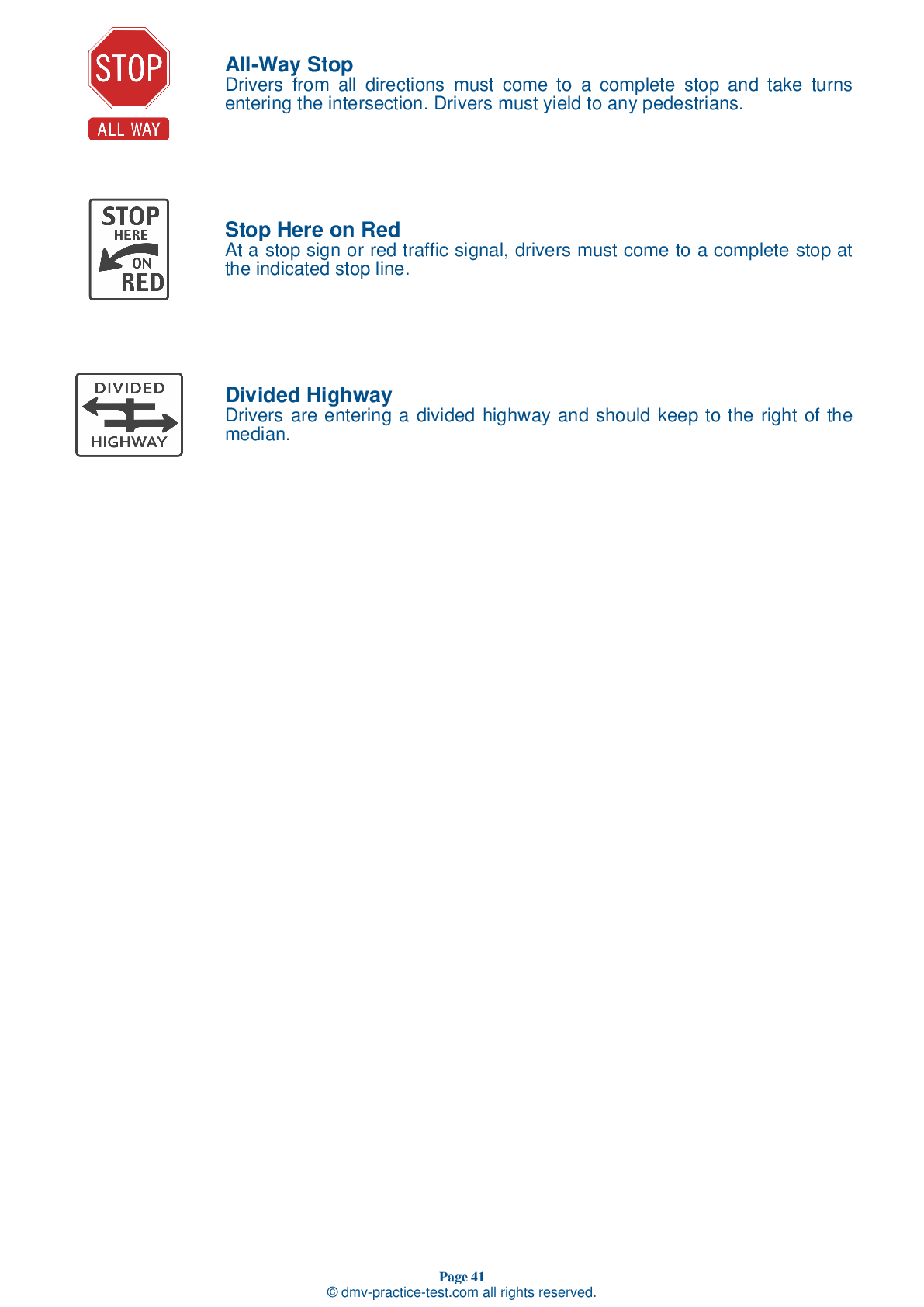FREE Kansas DMV Practice Test #23 Page 2 of 3
In Kansas, the DMV practise tests have been revised for January 2026. It includes questions based on the Kansas Driver Handbook's most essential traffic signals and regulations for 2026. Use actual questions that are very similar (often identical!) to the DMV driving permit test and driver's licence exam to study for the DMV driving permit test and driver's licence exam.
On the practise exam, each question gets a tip and explanation to help you remember the concepts. The written component of the official Kansas DMV test will include questions about traffic rules, traffic signs, and driving statutes, as well as information from the Driver Handbook.
To obtain a passing grade, you must correctly answer 20 of the 25 questions. Take our DMV practise exam to help you prepare for your Kansas instruction permit or driver's licence.
The DMV exam is available in several languages.
Using any kind of testing assistance will result in an automatic fail, and the DMV may take additional action against your driver's licence, so stay away from it.
9 . This sign means:
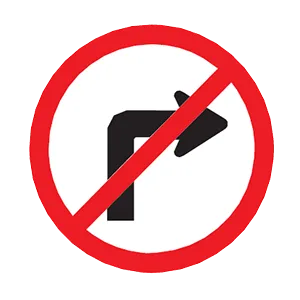
Signs with a red circle and diagonal line over a black symbol indicate the the action represented by the symbol is prohibited. In this case, the sign indicates that right turns are prohibited.
10 . Only ____ can lower blood alcohol concentration (BAC) and reduce alcohol's effects on a body.
The only way to sober up after drinking alcohol is to allow time for your body to eliminate the alcohol in your system. Nothing you can do, including eating and drinking, can accelerate this process.
11 . You reach an intersection with stop signs on all four corners at the same time as the driver on your left. Who has the right-of-way?
If two vehicles arrive at the same time to an intersection that has stop signs on all corners, the vehicle to the right has the right-of-way.
12 . When turning left at an intersection:
Drivers making left turns must yield to oncoming traffic that is traveling straight. Drivers must always yield to pedestrians.
13 . This sign means:

This sign informs drivers that they are leaving a divided roadway and approaching a two-way highway.
14 . If you must park your vehicle in an area not usually used for parking:
Drivers are responsible for making sure their vehicles do not become hazards after they have been parked. Wherever you park, make sure your car is visible to drivers approaching from any direction.
15 . If there is a deep puddle on the road ahead, you should:
To prevent skidding on slippery surfaces, avoid especially slippery areas, such as ice patches, wet leaves, oil, or deep puddles. The safest surface for driving is a dry, solid surface.
16 . An orange-colored sign like this means:
